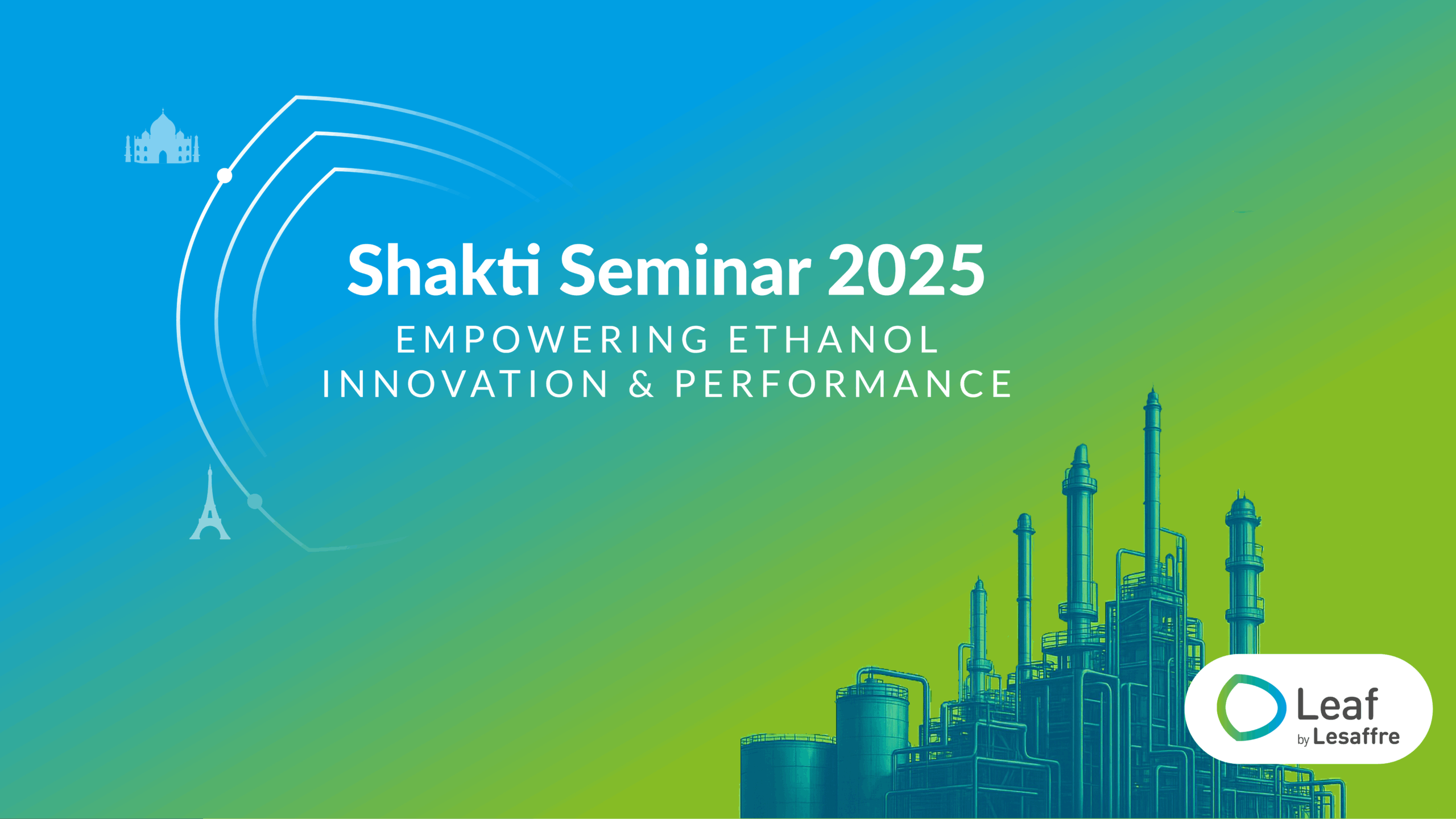Yeast is a key element in industrial ethanol production and each cell works like a production unit. From fermentable materials, yeast produces the major product ethanol and several co-products, such as CO2 and glycerol. As in the case of the production unit, the choice of yeast is an important technological decision that will have a direct impact on the plant’s performance.
An ethanol yeast adapted to your raw materials
Industrial ethanol can be produced from a variety of raw materials (corn, cane, beet, cassava, wheat, agricultural residues, dedicated crops). The characteristics and quality of these feedstocks vary depending on the geographical area and from season to season. We therefore develop and select strains with an improved tolerance to stresses related to the nature of the substrate, such as the presence of inhibitors (organic acids) or which can detoxify the mash.
A yeast fitting your ethanol plant specificities
Your plant is unique. The choice of yeast must consider your specificities and objectives. In the case of a high-gravity process, a yeast with higher sugar and ethanol tolerance levels is preferred. In addition, some strains are more resistant to the high temperatures encountered in hot (summer) areas.
Fermentation is a key step in the industrial ethanol production process and the optimization of its performance is directly related to the yeast’s characteristics. In addition to optimization of process parameters at plant, yeast performance optimization can bring productivity gains via faster fermentation kinetics, (or) yield gains by nutrition and process tweaks that allows more ethanol to be produced from the same amount of sugar.
The entire bioethanol production process is in continuous improvement to valorize all co-products and improve plant profitability. To meet today’s challenges, the industry innovates and develops new solutions adapted to local conditions. The same is true for yeast. We develop and market innovative fermentation solutions for today’s and tomorrow’s processes.







